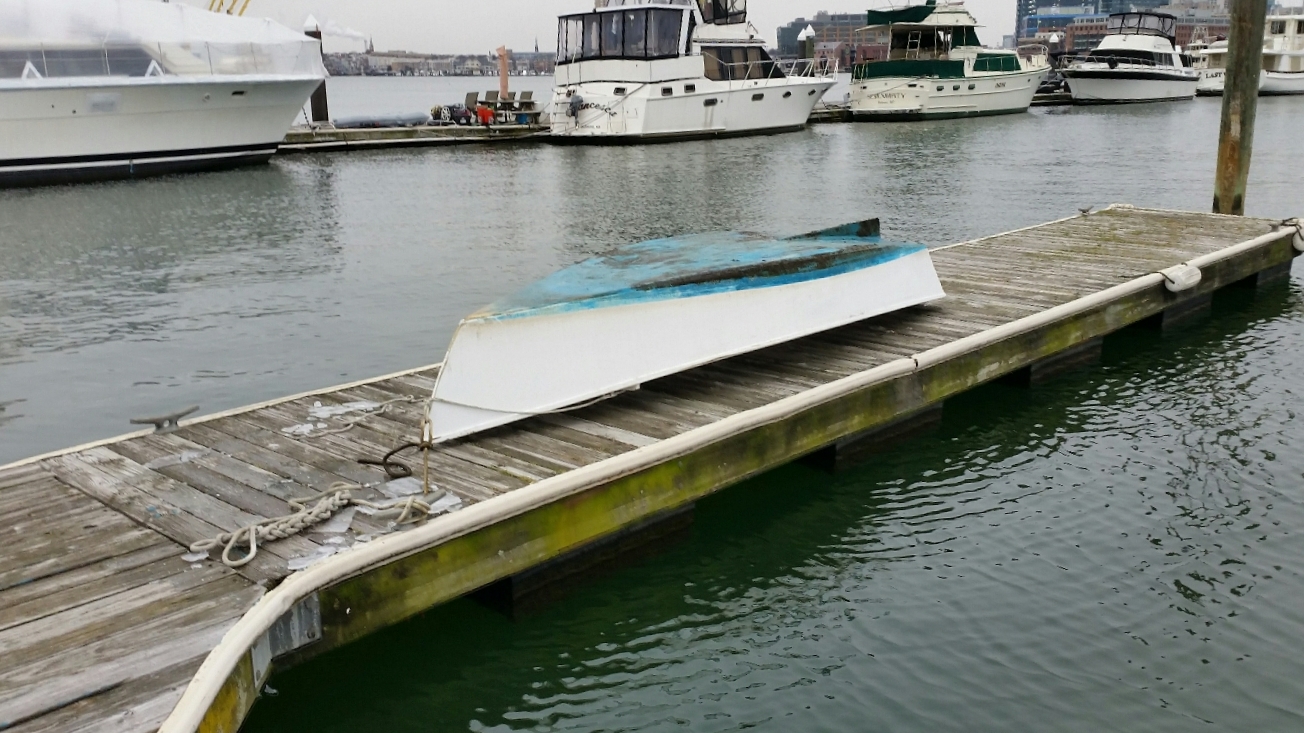When you live aboard in a marina, you use a lot of water and have easy access to fill the tanks up frequently. This presents two obvious choices and one hidden choice.
Fill all the tanks individually as you use them
Hook the boat up to shore pressure
Fill the highest tank and let it siphon into all the other tanks (The hidden choice)
Filling each tank individually as you use them sounds logical but it is rather time consuming and cumbersome. If your water tank fillers are on the deck, you can easily fill them all regularly without too much effort (unless it's really cold and you have to stand out there while filling the tanks, makes for a chilling time!). If your tanks don't have deck fillers, you have to fill the tank through the access ports.
Filling tanks through the access ports may sound extremely cumbersome, but there are advantages. You will visually inspect each tank as you fill it. If you see cloudy water or debris in the tank, you will likely address the problem before it gets too serious. Also, a loose deck fill plate can mean salt water contamination to your fresh water supply, which is a serious concern! The advantages of not having deck fill plates for each water tank will quickly be forgotten when you have to open every locker or berth to gain access to the tanks hidden under it. This will then push you into the temptation of hooking up to shore pressure.
Shore pressure is wonderful for showering, doing laundry, or doing the dishes. Imagine an endless supply of fast flowing high pressure water! Long showers are no longer a concern because you won't run out of water before you rinse the soap out of your hair. Laundry is quicker since the laundry machine will fill faster. Dishes are easier to rinse with a strong steady stream of water flowing over them.
This endless supply of water can also spell disaster for your yacht. Think about the increased water pressure on all of your hose clamps. If just one hose slips off of its fitting, you will have an endless supply of high pressure and fast flowing water pouring into your boat. Your bilge pump will try to slow the rise of the water, but at some point the endless flow of water will win and your boat will sink in its slip! If you do connect to city pressure, be sure it is only for a short moment when you actually need the flow of water. After you finish, disconnect the hose to ensure your yachts safety.
So now you sit in your cockpit, envious of all the other boats in the marina with one or two very larger tanks wondering what you could do. The solution is right in front of you! Open all the tanks and treat the whole water system as one large tank. If all the water lines from the tanks to the pump are primed, the water pump will draw on all the tanks at the same time. The other way to look at this is all the water tanks are also connected via siphons! If the water level in one tank were to drop suddenly, the other tanks would deplete as they back fill into the lower tank. Eventually the tanks will all equalize their water levels in response to the other tanks.
What this means for you is you only have to fill one tank and keep it relatively full. If you let the tanks deplete themselves, you will have to reprime the whole system to bleed the air out of all the water lines. We are able to fill our tanks once per week without risking breaking the siphon. Simply watch how quickly you deplete your water supply to decide if you need to figure out how often you need to fill your tanks.
Now you can keep all of your multiple tanks topped off with the greatest of ease by simply filling one single tank regularly.











































































